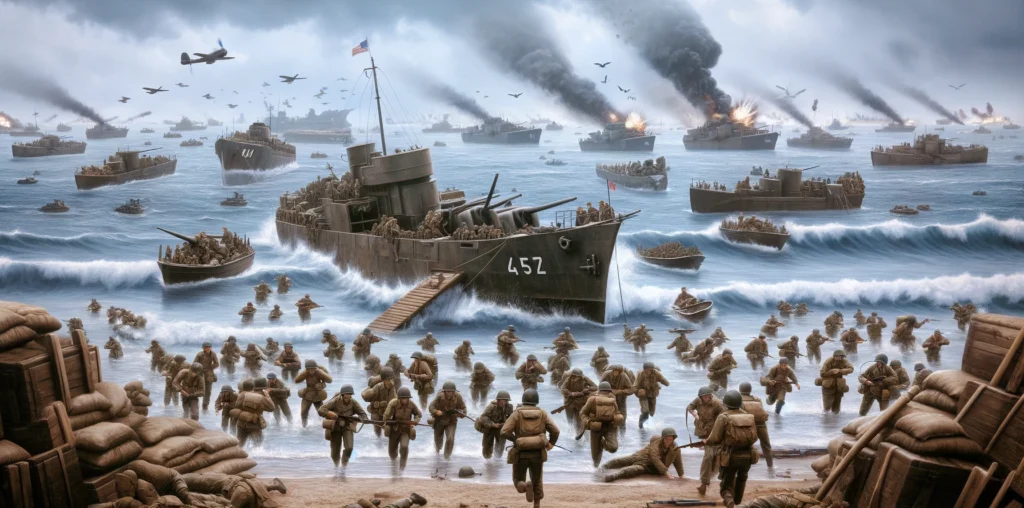The D-Day invasion, officially known as Operation Overlord, was one of the largest amphibious military assaults in history. On June 6, 1944, Allied forces landed on five beachheads along the Normandy coast of France. The invasion involved more than 156,000 American, British, and Canadian troops, supported by a fleet of over 5,000 ships and 13,000 aircraft. This massive operation aimed to liberate Nazi-occupied Europe and establish a foothold to push back German forces.
The meticulous planning for D-Day began months in advance, involving deception operations like Operation Fortitude, designed to mislead the Germans about the invasion location. The success of D-Day hinged on several factors, including weather conditions, the element of surprise, and the coordination of land, sea, and air forces.
The beaches, codenamed Utah, Omaha, Gold, Juno, and Sword, saw fierce fighting as soldiers braved heavy gunfire, mines, and obstacles. Omaha Beach, in particular, became infamous for the high casualties suffered by American troops due to strong German defenses. Despite these challenges, the Allies managed to secure all five beachheads by the end of the day.
The bravery and sacrifice of those who fought on D-Day are remembered as a crucial turning point in the war, leading to the eventual defeat of Nazi Germany. The Normandy invasion laid the foundation for the liberation of Western Europe and showcased the strength and resolve of the Allied forces.

